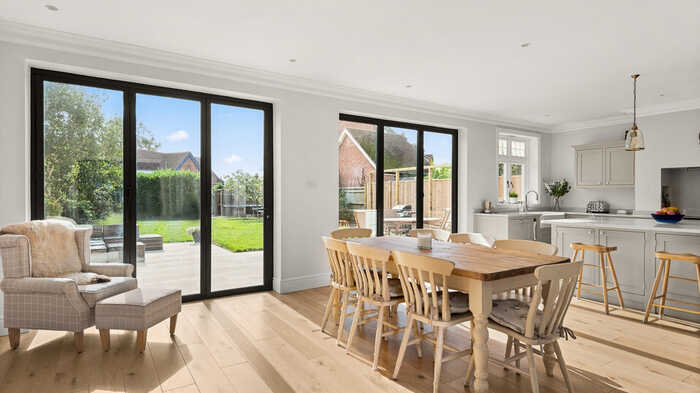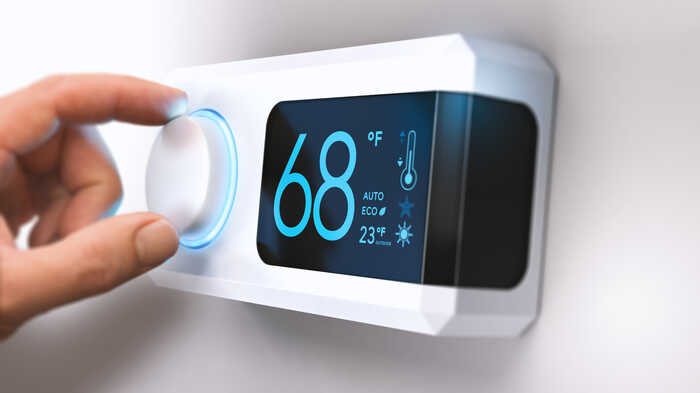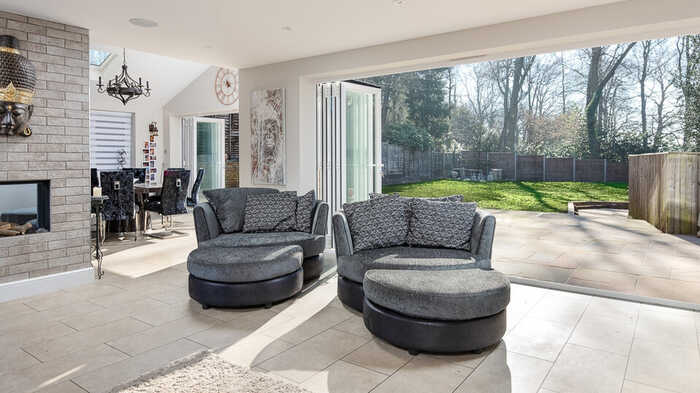How to Design an Energy-Efficient Home
An energy-efficient home starts with the design and space planning process. Every choice – from the orientation of the building to the materials you use – has an impact on how much energy your property will consume once it’s complete. By thinking about efficiency at the planning stage, you can integrate smart solutions into the fabric of the building, rather than relying on retrofitting later, which can be more costly and less effective. A well-designed, energy-conscious home will serve to not only lower your utility bills but also improve your comfort and reduce your environmental footprint.

Prioritise high-quality insulation
Insulation is the backbone of any energy-efficient property. High-quality insulation slows the transfer of heat between the inside and outside of your home, meaning you’ll use less energy to keep rooms warm in winter and cool in summer. This applies to every surface – walls, roof, floors, and even windows and doors. Modern options include rigid foam boards, natural sheep’s wool, recycled cellulose, and spray foam systems. A carefully planned insulation strategy will eliminate cold spots, prevent draughts, and enhance the overall performance of your heating and cooling systems.
Choose sustainable building materials
The materials you choose influence both the environmental impact of your build and the energy required to maintain it. Recycled timber, reclaimed brick, low-carbon concrete, and sustainably sourced stone are all excellent options for structural and aesthetic elements. Many of these materials have natural insulating properties and require less energy to produce. Sourcing locally can further reduce the carbon footprint by cutting down on transportation emissions, and it often supports local businesses. When combined with durable finishes, these choices can also reduce long-term maintenance costs.

Harness renewable energy sources
Generating your own energy is one of the most effective ways to make a home sustainable. Solar photovoltaic (PV) panels convert sunlight into electricity, while solar thermal systems use the sun’s heat to provide hot water. Air-source and ground-source heat pumps extract warmth from the air or the ground to heat your home efficiently, even in colder months. Planning for these systems at the design stage allows them to be seamlessly incorporated into the architecture, ensuring they work to maximum effect while complementing the overall look of the property.
Make the most of natural light
Good use of daylight can drastically reduce your reliance on artificial lighting. Large windows, strategically placed skylights, and open floor plans help sunlight penetrate deep into the home. This not only lowers electricity use but also creates bright, inviting spaces that enhance wellbeing. South-facing windows capture warmth and light during the day, while shading features such as overhangs or blinds can prevent overheating in summer. Thoughtful glazing choices – such as low-emissivity (low-E) glass – can further improve energy efficiency by controlling heat transfer.

Meet building regulations and future-proof your home
UK Building Regulations require all new homes and major renovations to meet specific standards for energy efficiency, covering everything from insulation values to ventilation rates. Designing with these requirements in mind avoids delays and ensures compliance from the outset. Going beyond the minimum standards can make your home cheaper to run, more comfortable to live in, and more attractive to future buyers. By incorporating modern, adaptable systems and sustainable materials now, you also reduce the need for expensive upgrades in the years ahead.
Thinking about an extension?
Maidenhead Planning’s expertise in design and space planning ensures that we can integrate energy-saving features from the earliest sketches through to the final construction phase, so that every detail works together for comfort, sustainability, and compliance with regulations. Please do contact us today or book a free consultation and start planning a home that’s ready for the future.
Posted by Wouter De Jager on August 27th 2025

